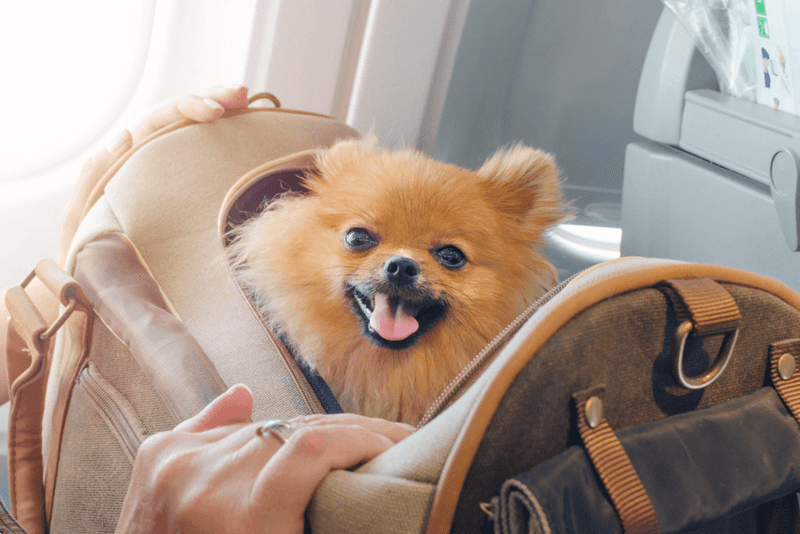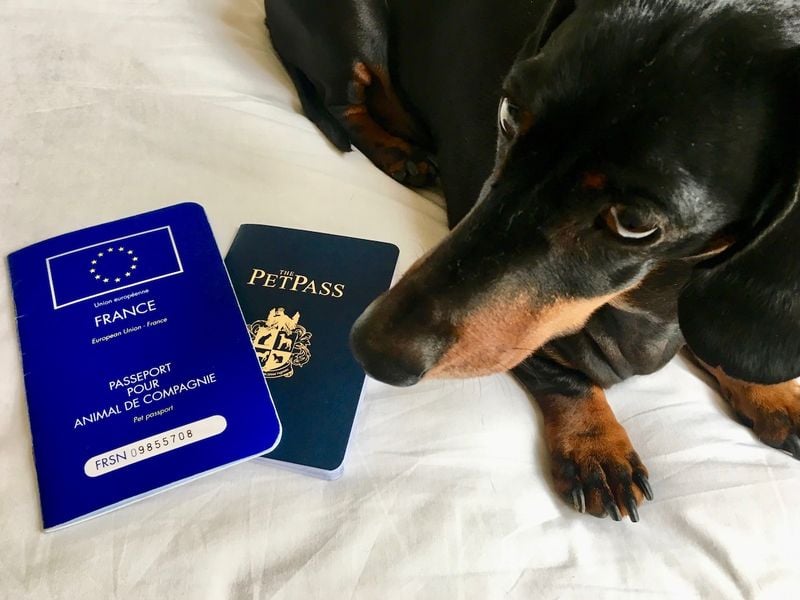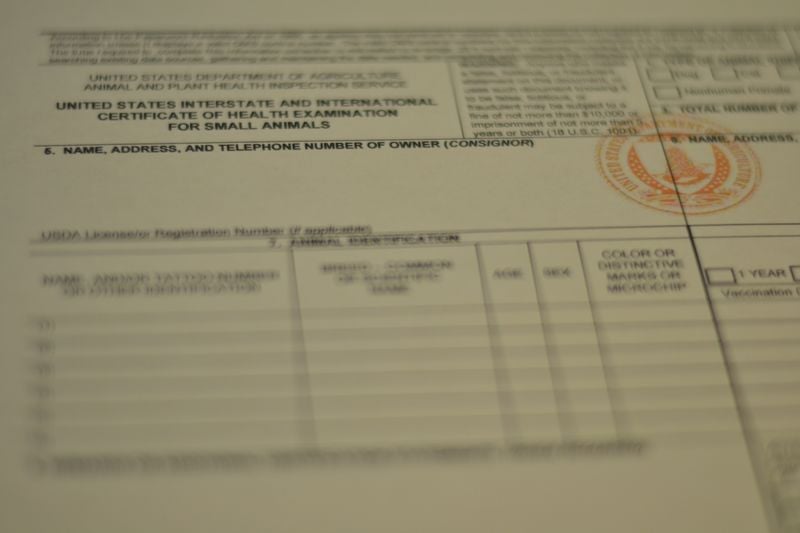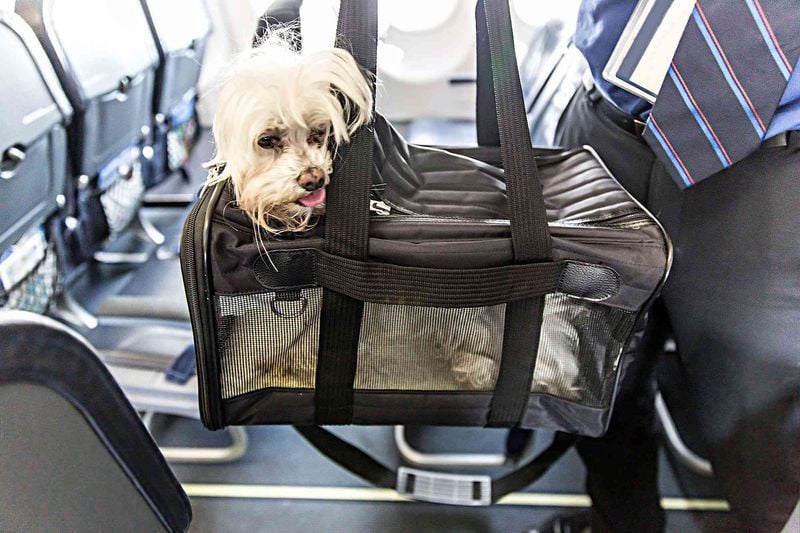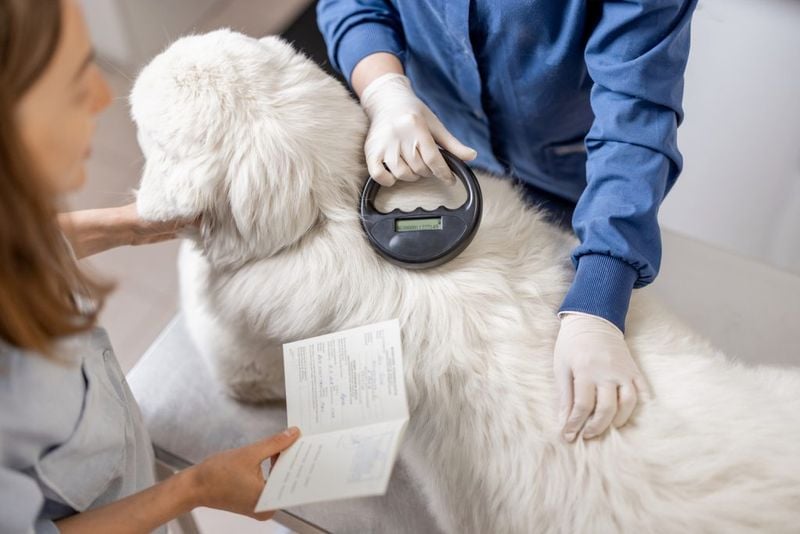What Is a Dog Passport and How to Get One?
Traveling internationally with your dog isn’t as simple as booking a flight and packing their favorite chew toy.
Before your furry companion can join you abroad, there’s a pile of paperwork to complete—commonly referred to as a dog passport.
While it’s not a passport in the traditional sense, it serves a similar purpose by proving your pet is healthy, vaccinated, and ready to cross borders legally.
Countries around the world have different requirements, and skipping even one detail can result in stressful delays, costly quarantines, or denied entry.
That’s why understanding what goes into a dog passport—and how to get one in the U.S.—is essential for any jet-setting pet owner.
Whether you’re heading to Paris or Tokyo, this guide walks you through everything from microchips to USDA forms, so your pup can travel safely and smoothly by your side.
1. What Is a Dog Passport?
A dog passport isn’t a formal government-issued document like a human passport. Instead, it’s a collection of paperwork that allows your dog to travel internationally.
It proves your dog is healthy, vaccinated, and cleared for entry into a foreign country. Most U.S. pet owners traveling abroad will need to gather documents like a veterinary health certificate, proof of rabies vaccination, and microchip information.
This set of documents is what’s often referred to as a “pet passport.” The requirements vary based on where you’re going, so it’s not a one-size-fits-all situation.
Some countries may require even more paperwork, like parasite treatments or blood tests.
While it may seem like a hassle, getting your dog a passport ensures smoother entry at borders and helps prevent lengthy quarantines or travel delays that could ruin your trip.
2. When Do You Need a Dog Passport?
You won’t need a pet passport if you’re flying with your dog from one U.S. state to another, but as soon as international travel enters the picture, that changes.
A dog passport is required whenever your pet is leaving the U.S. and entering a foreign country—even for short trips. Many countries will not allow your dog in without meeting specific health and documentation requirements.
Even reentering the U.S. requires documentation, especially proof of rabies vaccination and sometimes additional CDC paperwork.
Each destination has its own entry rules, and failing to meet them can mean denied boarding or mandatory quarantine.
If you’re traveling to places like the European Union, Japan, or Australia, expect strict regulations and a timeline that starts weeks—if not months—ahead of your travel date.
Planning early and securing all necessary paperwork is key to stress-free international travel.
3. What Does a U.S. Dog Passport Include?
In the U.S., a “dog passport” isn’t a single document—it’s a combination of items required for travel.
This includes a Veterinary Health Certificate, often referred to as APHIS Form 7001 or a country-specific alternative, which confirms your dog is fit to fly. It must be signed by a USDA-accredited vet and officially endorsed by the USDA APHIS office.
You’ll also need a current rabies vaccination certificate, showing the vaccine date and manufacturer details. Most countries also require your dog to have a microchip, specifically an ISO 11784/11785-compliant chip, for identification.
Some destinations will ask for proof of parasite treatments, blood tests, or import permits. This portfolio of documents essentially serves as your dog’s passport, and it must be carefully curated based on your destination’s unique requirements.
4. How to Get a Dog Passport in the U.S.
Getting your dog ready for international travel involves a series of tightly timed steps. First, your dog must be microchipped with an ISO-compliant chip—this is required before getting vaccinated.
Next comes the rabies shot, which must be given after the microchip is implanted and at least 21 to 30 days before travel.
After that, you’ll need to schedule an appointment with a USDA-accredited veterinarian. They’ll perform a health check and fill out an international health certificate tailored to your destination.
This document then needs to be endorsed by the USDA’s APHIS office—either by mail or online.
Finally, check the destination country’s specific import rules. Some places may also require parasite treatments, blood tests, or quarantine. Each step must be done in the right order and on time, so start early to avoid costly mistakes.
5. Airline and Destination-Specific Requirements
In addition to government regulations, each airline has its own pet travel policies you must follow. These cover crate dimensions, temperature restrictions, and whether pets can fly in the cabin, cargo, or need to go through an animal travel service.
Some carriers won’t allow pets to fly during hot months or long-haul flights.
Many airlines also require a copy of your dog’s health certificate and vaccination records at check-in. Some even demand a vet-signed letter stating your dog is fit to fly.
Be sure to call the airline well in advance to confirm their pet policy. Also, know that connecting flights or layovers in other countries may mean complying with multiple sets of pet travel rules—even if you’re just passing through.
One missed detail could ground your dog’s trip before it even begins.
6. How Long Is It Valid?
The validity of your dog’s passport depends on which document you’re referring to. The USDA-endorsed health certificate is usually valid for 10 to 30 days, depending on the country.
After that, it expires and you’ll need to go through the process again for future trips. The rabies certificate is typically valid for one or three years, but some countries only accept one-year documentation.
That’s why planning is critical. If your trip gets delayed, you may have to repeat the vet visit and USDA endorsement.
Be cautious with back-to-back travel plans, especially to countries with strict or conflicting timelines. Set reminders for vaccine renewals and keep a copy of every form your vet provides.
Having a well-maintained travel record helps make future international journeys smoother and less stressful for both you and your pup.
7. Helpful Tips
Start the dog passport process at least 1–2 months in advance, especially if your destination has strict rules. Check both your airline’s pet policy and the entry requirements for the country you’re visiting.
Use the USDA Pet Travel website to download checklists and contact the embassy of your destination country if anything is unclear.
Make both digital and physical copies of all documents and carry them with you—don’t assume scanning a QR code will be enough abroad.
Pack your dog’s favorite toy or blanket to reduce travel stress, and consider booking flights with fewer connections. For complex trips, hiring a pet travel service can save time and ensure compliance.
Preparation is everything when it comes to international travel with your dog, and a little extra effort now can prevent a major headache later.

